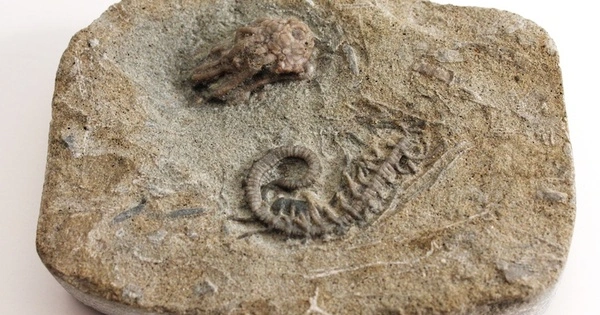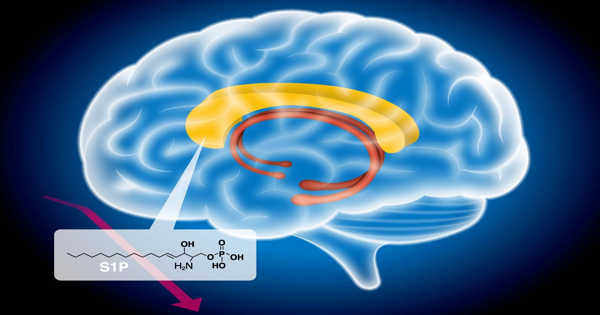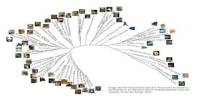Paleogenetics is a field of study that combines paleontological and genetic principles to investigate the genetic material of ancient organisms such as humans and other species. It is the investigation of the past through the examination of preserved genetic material from ancient organisms’ remains. Paleogenetics is primarily concerned with extracting and analyzing DNA or other genetic material from ancient remains such as bones, teeth, hair, or other preserved tissues.
Long before the sequencing of DNA, Emile Zuckerkandl and Linus Pauling coined the term in 1963 to refer to the possibility of reconstructing the corresponding polypeptide sequences of past organisms. The development of advanced molecular biology techniques has significantly aided the advancement of paleogenetics. Researchers can now extract and analyze ancient DNA (aDNA) in order to learn more about the genetic makeup of extinct or ancient populations. This field has yielded important insights into evolutionary processes, population dynamics, migration patterns, and the genetic relationships between different species.
Key aspects of paleogenetics include:
- DNA Extraction: Because DNA degrades over time, extracting DNA from ancient remains is a difficult process. Small fragments of ancient DNA are recovered using specialized techniques by researchers.
- Sequencing: Once extracted, the ancient DNA is frequently sequenced to determine the nucleotide sequence (adenine, thymine, cytosine, and guanine) in the genetic material. This data aids in the reconstruction of ancient organisms’ genomes.
- Population Genetics: Paleogenetic studies can shed light on ancient species’ genetic diversity and population structure. Researchers can infer migration patterns, demographic changes, and adaptations over time by comparing ancient genomes to modern populations.
- Human Evolution: In the case of humans, paleogenetics has played a crucial role in studying our evolutionary history. By analyzing ancient human remains, scientists have been able to trace human migration patterns, interbreeding events with other hominins (such as Neanderthals and Denisovans), and the genetic adaptations that accompanied the colonization of different regions.
A team led by Allan Wilson published the first sequence of ancient DNA, isolated from a museum specimen of the extinct quagga, in 1984. Paleogeneticists do not recreate actual organisms, but rather piece together ancient DNA sequences using a variety of analytical techniques. Fossils are “the only direct witnesses of extinct species and evolutionary events,” and discovering DNA within them reveals a wealth of information about these species, potentially including their entire physiology and anatomy. The most ancient DNA sequence to date was reported in February 2021, from a Siberian mammoth tooth that had been frozen for over a million years.
















